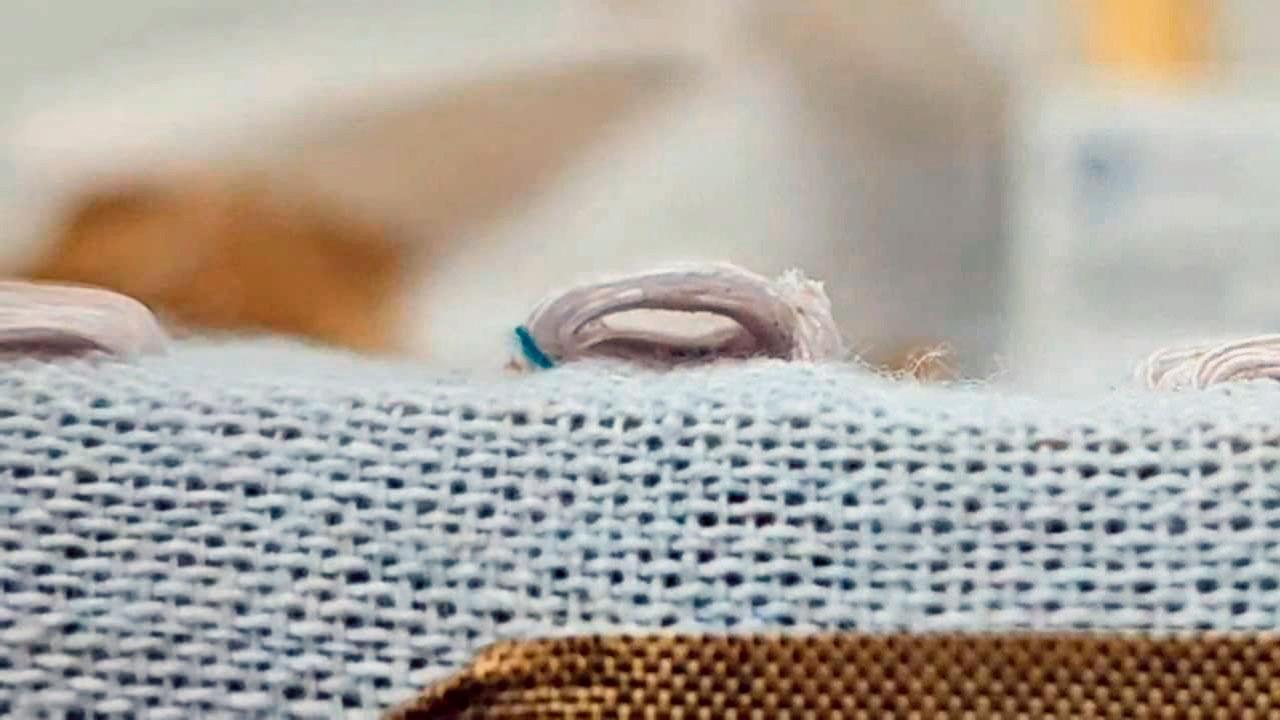
Researchers at NC State University have developed a fabric-based sensor that makes use of three-dimensional embroidery strategies and machine studying to manage digital gadgets via contact. Integrated into clothes, this sensor can function cellular apps and different digital features by recognizing varied gestures. The gadget, powered by friction-generated electrical energy between its two triboelectric supplies, sends knowledge to a microchip. This microchip processes inputs utilizing machine studying algorithms to differentiate between intentional gestures and unintentional touches, enhancing interplay accuracy.
Star Trek’s Holodeck might prepare future robots
Researchers on the University of Pennsylvania have developed “Holodeck,” a system impressed by Star Trek’s digital setting simulator, to generate interactive 3D areas for AI and robotics coaching. Unlike its sci-fi counterpart, which created lifelike situations for human interplay, this real-world Holodeck makes use of generative AI to supply huge numbers of digital environments from easy language prompts, aiding in growing robots that may navigate advanced real-world conditions safely. The system represents a big development in utilizing massive language fashions (LLMs) to design areas.
Source: www.mid-day.com




